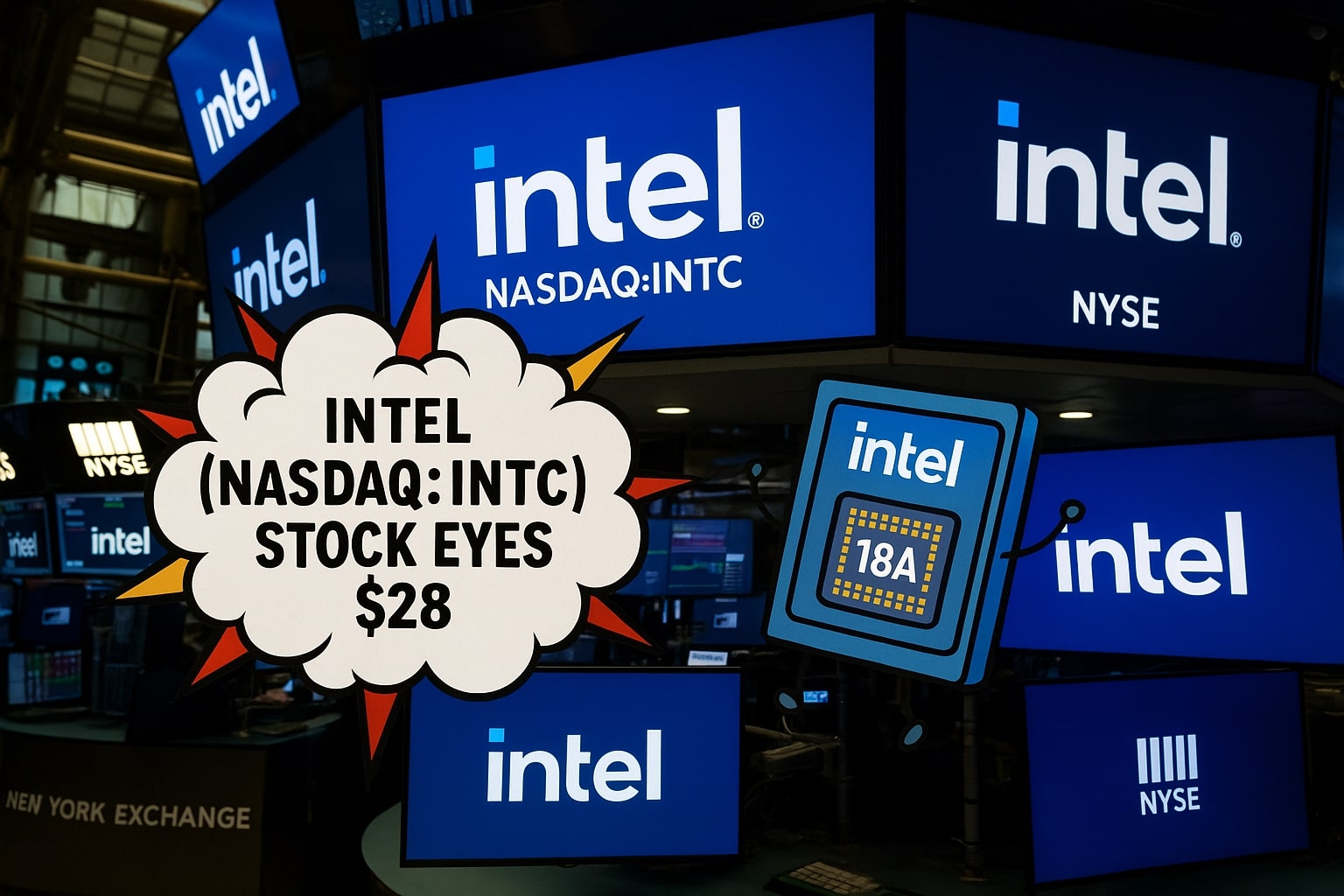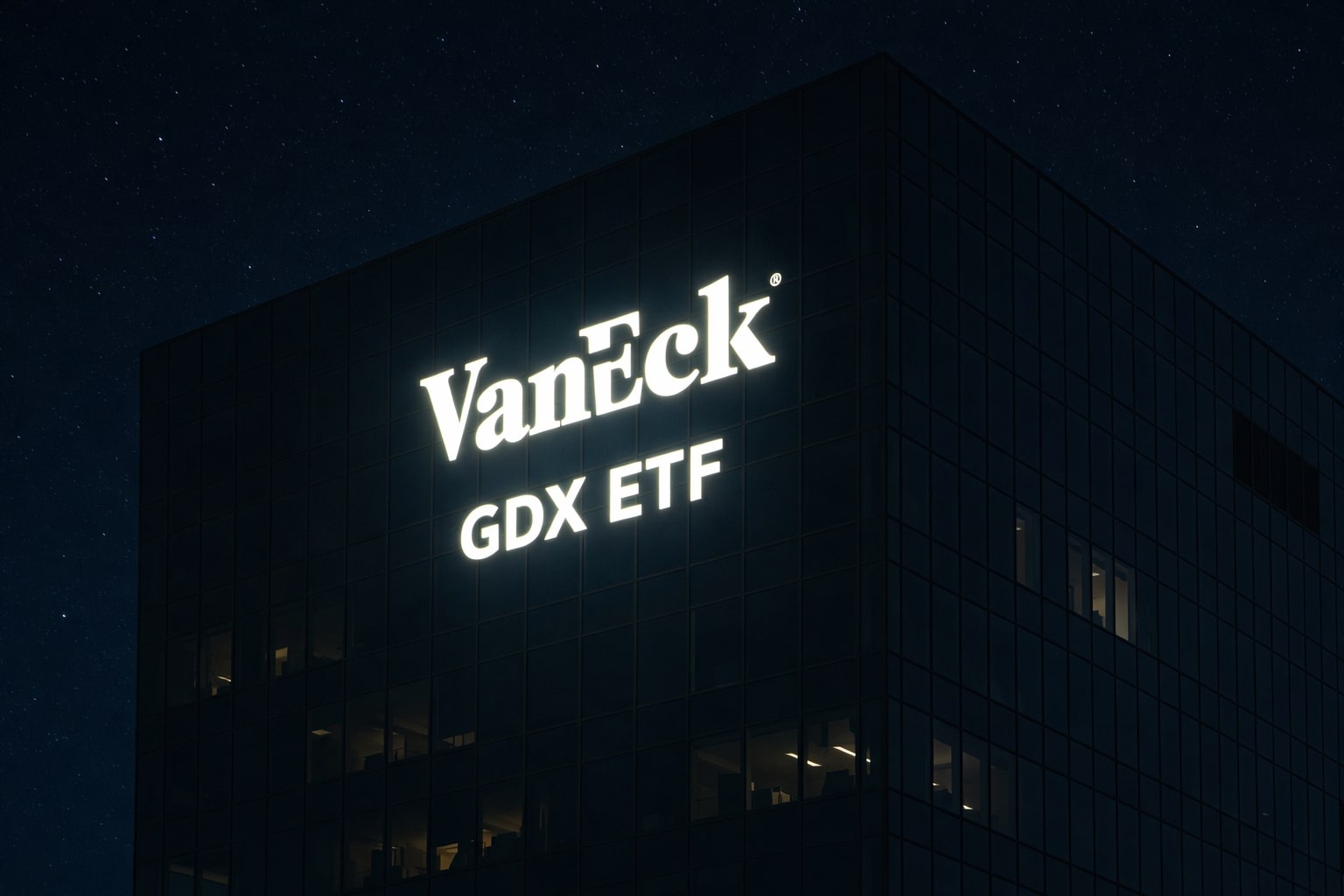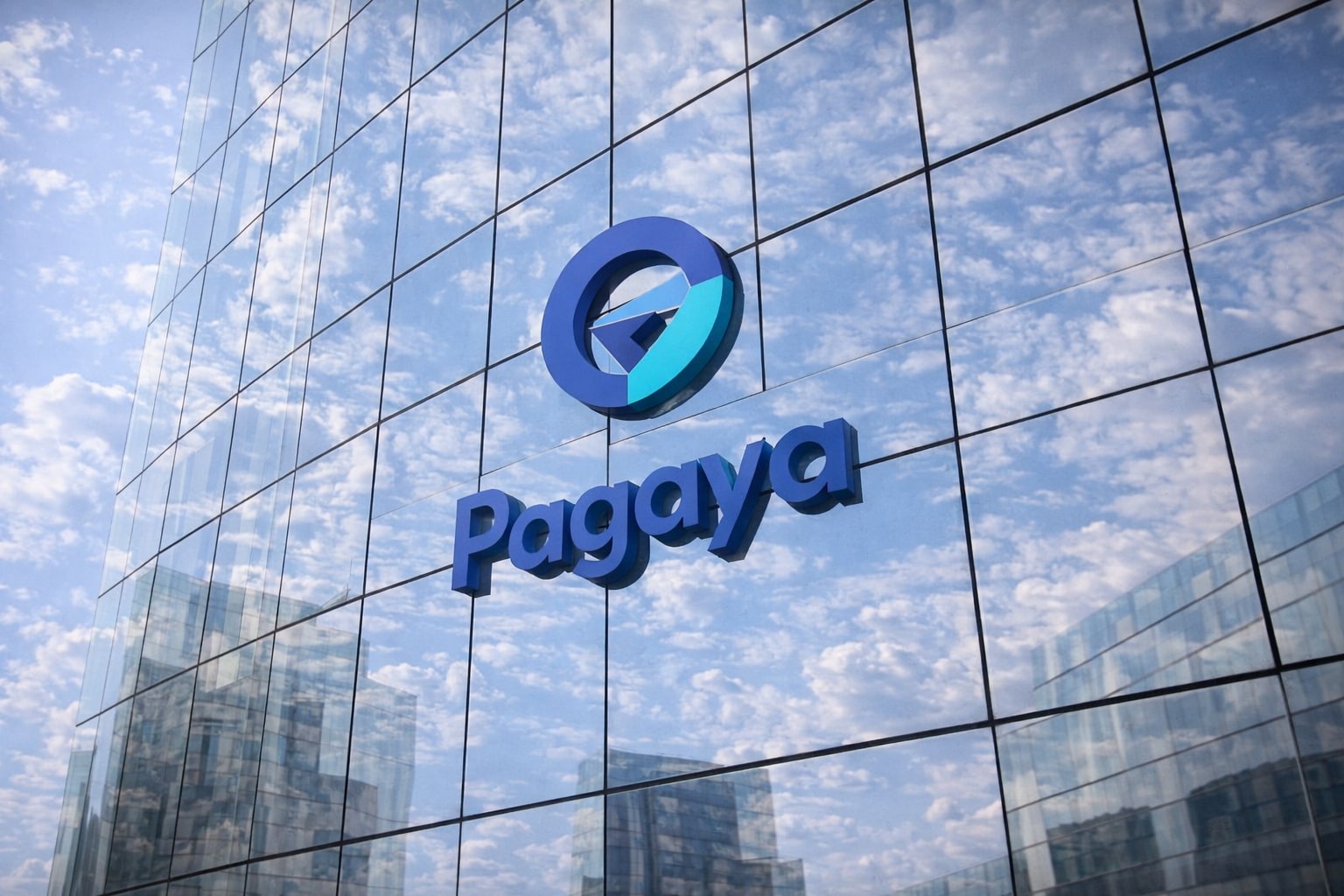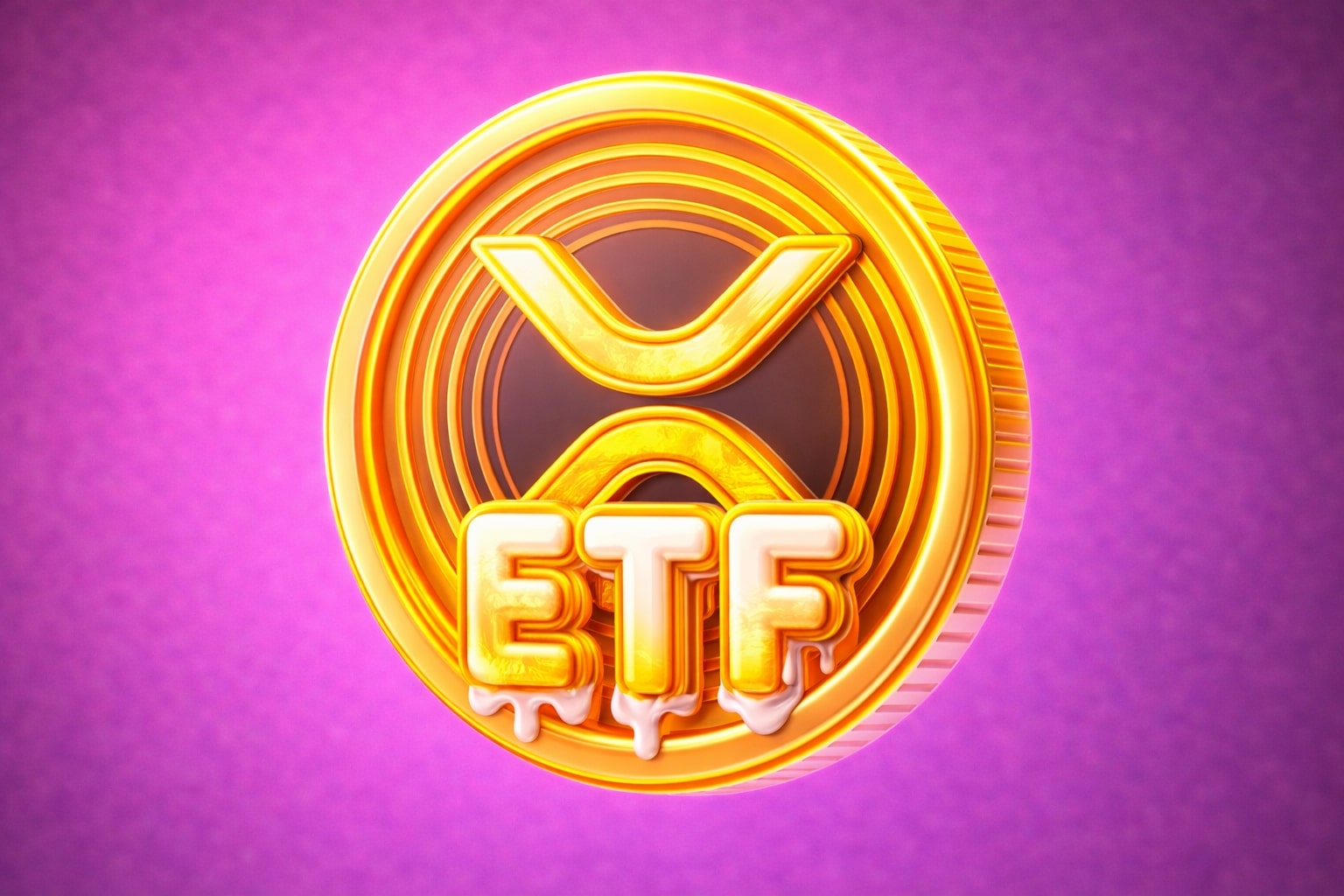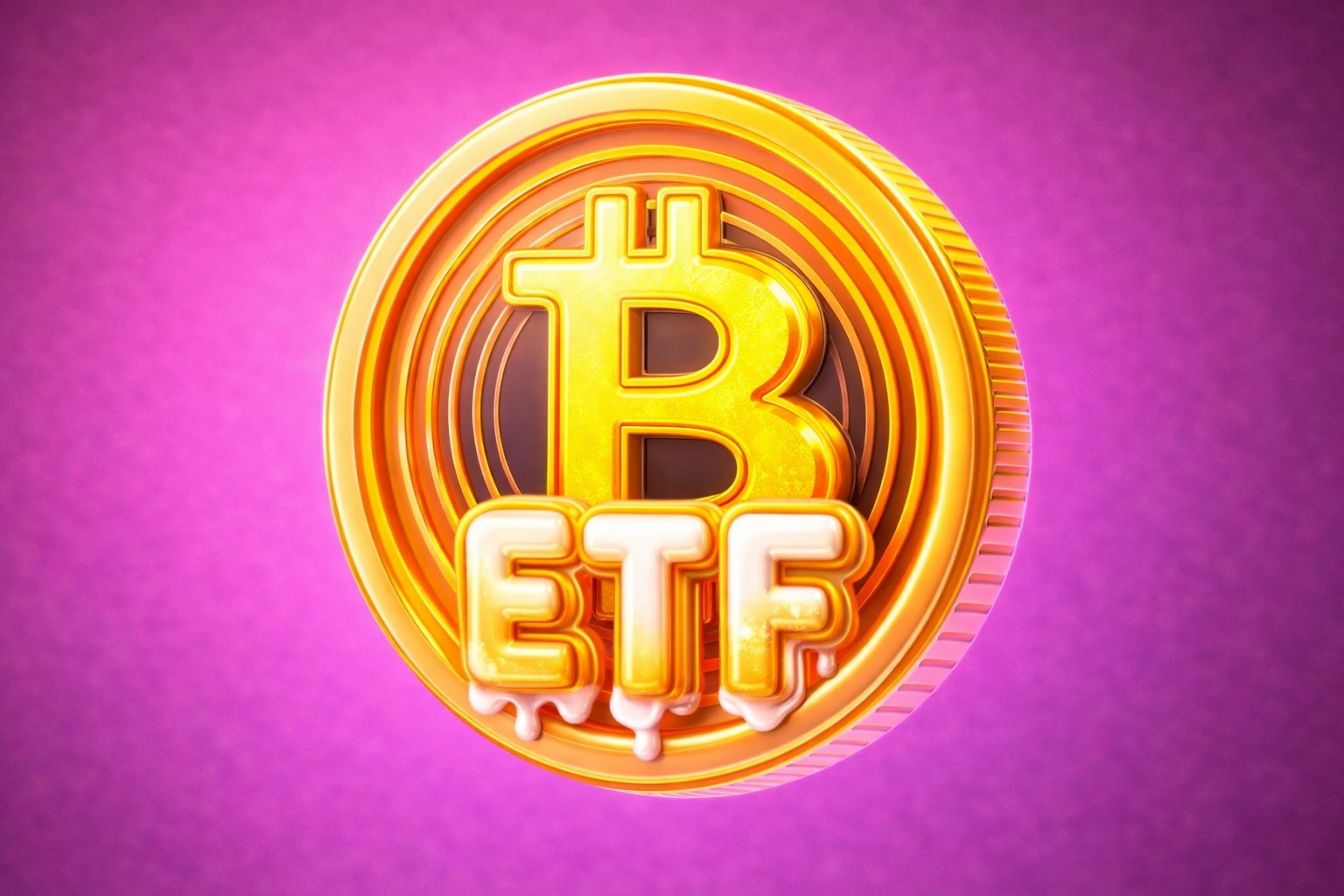Intel (NASDAQ:INTC) Confronts Margin Pressure With Strategic Retreat From 18A Ambitions
Intel (NASDAQ:INTC) is reversing course on its cutting-edge 18A node strategy, shifting focus toward the 14A process as weak demand, poor yields, and fierce competition from Taiwan Semiconductor Manufacturing Co. (NYSE:TSM) force a sobering reassessment of its foundry roadmap. At the heart of this pivot lies an urgent push to restore financial discipline, with Intel pulling back from a capital-intensive innovation cycle that failed to generate adequate revenue commitments. TSMC’s stunning 90% yield on its 2nm node rendered Intel’s sub-30% yield on 18A economically unviable. Facing an operational burn rate of $1.30 in cost of sales for every $1 of revenue — plus an additional 22 cents in operating expenses — Intel had little choice but to stop subsidizing a lagging node.
Foundry Strategy Shrinks as Intel Focuses on 14A and High-NA EUV Execution
The redirection to 14A isn't just a damage control maneuver. Intel is betting its future on a node that may offer practical upside without the crushing costs of 18A. The 14A architecture is tied to High-NA EUV lithography using ASML’s (NASDAQ:ASML) TWINSCAN EXE:5000. Intel already deployed the first such tool at its D1X facility in Oregon, giving it a technical lead — at least in equipment readiness. The integration of RibbonFET and backside power delivery into the 14A process could unlock energy efficiencies that appeal to hyperscalers, but execution risk remains high. Ramp-up is expected around 2027, and until then, Intel will absorb operational costs tied to Panther Lake production, which is still scheduled on the 18A node.
Employee Cuts and Organizational Flattening Aim to Restore Revenue Efficiency
Layoffs are a core piece of Intel's restructuring. With workforce reductions estimated at ~21% from the 108,900 reported in 2024, Intel is aggressively cutting fat. This is more than belt-tightening — it’s a reset toward pre-Gelsinger operational density. Even if 2025 revenues contract to ~$49 billion (down 7–8% YoY), revenue per employee is projected to return near $600,000, a level last seen before the 2020s bloated the org chart. These moves may finally bring relief to Intel’s embarrassingly thin gross margin of 33% — half of what it was a decade ago — and reverse negative operating margins that have plagued investor sentiment.
Lip-Bu Tan’s Arrival and Bold Cost Cuts Reshape the Management Narrative
The market’s response to new CEO Lip-Bu Tan has been cautiously optimistic. His willingness to cut Intel’s automotive architecture business — alongside broader cost rationalization — sends a strong signal that shareholder value is being prioritized over legacy bloat. Intel’s margin stabilization strategy now hinges on eliminating underperforming segments and reorienting R&D around achievable targets. With Tan’s background at Cadence and heavy semiconductor influence, the strategic pivot is pragmatic: reduce capex where ROI is ambiguous, restore balance sheet credibility, and lean on volume efficiency through 14A rather than prestige nodes with no customer traction.
Earnings Setup for Q2 2025: A Low Bar, High Reward Risk Profile
Consensus for Q2 2025 EPS sits near $0.0093 — a 53.45% YoY decline that looks disconnected from reality. In Q1, Intel posted $0.13 EPS on stronger gross margins and reduced opex, without any material one-offs. Management’s own Q2 guidance suggests flat QoQ results on ~$11.8 billion revenue, with 36.5% gross margins and breakeven EPS. Historical Q2 seasonality offers no clear pattern; revenue and EPS trends have split 50/50 over the last decade. If Intel posts even modest sequential stability, Wall Street’s consensus gets shattered — and the resulting rerating could be violent.
Valuation Re-Rating Could Follow Any Positive Surprise
On a trailing basis, Intel isn’t cheap — but forward multiples are tightening. P/E drops to 29.4x for FY2026 and 16.4x for FY2027. Quantitative valuation metrics already improved from D+ to B- over the last six months. If Q2 delivers a beat and management reiterates the 14A roadmap with conviction, institutional buyers could see this as the turning point. That potential is compounded by the stock’s underperformance: INTC rallied just 14% YTD compared to the S&P 500’s 3.4%, leaving ample headroom for a relative catch-up.
Insider Moves Show Mixed Conviction in Strategic Pivot
Recent insider transactions offer a neutral-to-bullish read on sentiment. No large-scale selling has been reported since June, and Intel’s insider trading profile shows modest accumulation in key executive ranks. This supports the case that leadership is aligned with the new strategy. Still, conviction would be stronger if paired with larger discretionary purchases during the pre-Q2 lull.
Risk Factors Still Linger From 18A Obligations and Competitive Pressure
Despite winding down 18A, Intel remains committed to delivering Panther Lake chips on the node. This means at least some capital burn will persist through 2026. Contractual obligations to Microsoft (NASDAQ:MSFT) and Amazon (NASDAQ:AMZN) may also weigh on margins. Technologically, Intel is still behind on AI and GPUs, and competitors like AMD (NASDAQ:AMD) and NVIDIA (NASDAQ:NVDA) continue to devour market share. The foundry pivot to 14A might buy time, but it won’t reverse the erosion unless execution is flawless.
INTC Stock Outlook: 20% Upside Based on Margin Repair and Re-Rating
Assuming a return to 1.2x book value — where INTC traded before its disastrous Q2 2024 — and incorporating margin improvement from layoffs and 14A reprioritization, the stock could reasonably climb to ~$28 per share. That implies a 20% upside from recent levels around $23. Intel’s real-time stock chart confirms bullish momentum building into the Q2 print. While the company isn’t yet a long-term compounder, the short- to mid-term trade setup is clear.
NASDAQ:INTC Verdict — BUY With Tactical Conviction, $28 Price Target
Intel (NASDAQ:INTC) is not a momentum darling, nor a tech innovator at present. But it is a high-leverage turnaround play where expectations are rock bottom and execution has finally turned pragmatic. With insiders stable, margins set to rise, and Q2 consensus low enough to beat, INTC deserves a BUY rating with a +20% upside to a $28 target. Risks remain — especially if 14A hits delays — but the stock now offers asymmetric reward in the stock market’s semiconductor segment.














